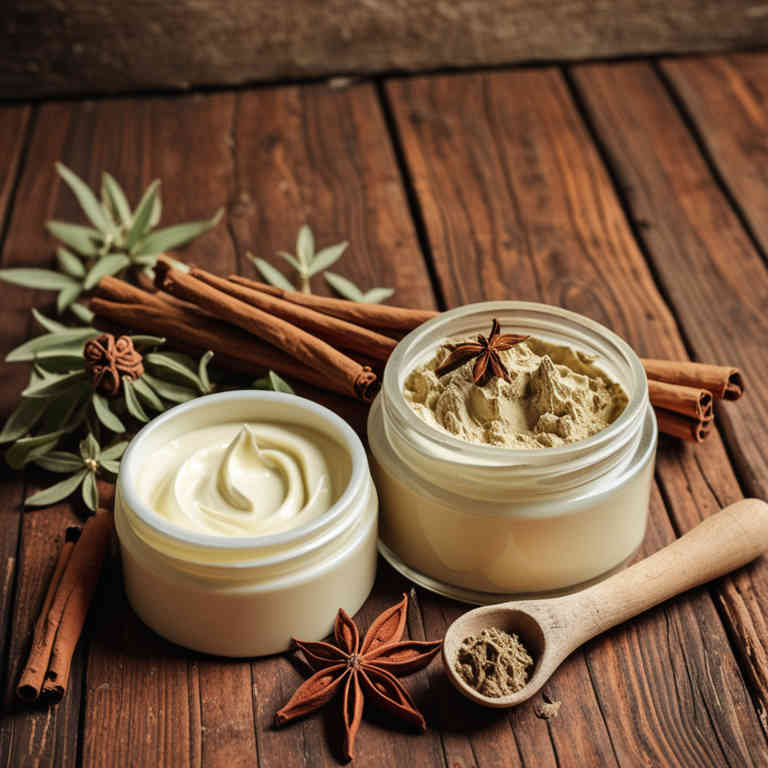10 Best Cinchona Officinalis Preparations
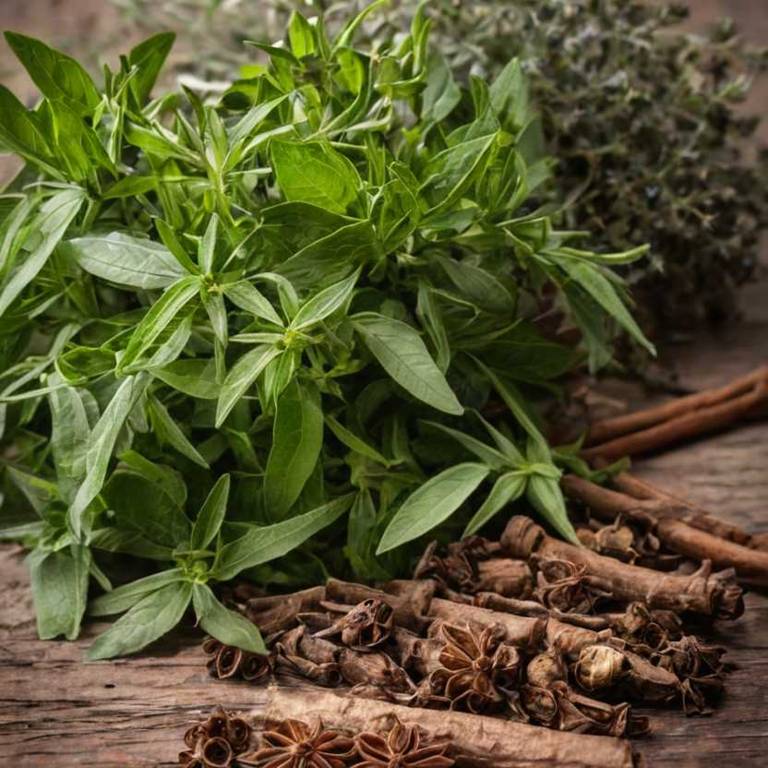
The best medicinal preparations of Cinchona officinalis are teas, tinctures, decoctions, capsules, and syrups, each offering unique benefits for health.
Teas made from the dried bark are commonly used to alleviate fever and digestive discomfort.
Tinctures provide a concentrated form of the active compounds, often used for more potent therapeutic effects.
Decoctions involve simmering the bark to extract its medicinal properties, enhancing its efficacy.
Capsules and syrups offer convenient and standardized dosing options for regular use.
These preparations have been traditionally valued for their antimalarial and anti-inflammatory properties.
Below there's a list of the 10 best herbal preparations of cinchona officinalis for medicinal purposes.
- 1. Teas
- 2. Tinctures
- 3. Decoctions
- 4. Capsules
- 5. Syrups
- 6. Linctuses
- 7. Lozenges
- 8. Oinments
- 9. Oils
- 10. Creams
1. Teas
Cinchona officinalis teas is commonly used to treat ailments related to fever, malaria, and digestive issues.
This herbal preparation has a long history of use in traditional medicine, particularly in South America and Asia. The most common medicinal uses include reducing fever, combating malaria, and alleviating symptoms of digestive disorders such as indigestion and nausea. The bioactive constituents responsible for its medicinal properties include quinine, alkaloids, and other compounds like cinchonine and cinchonidine.
These compounds possess antipyretic, antimalarial, and antimicrobial effects, contributing to the therapeutic benefits of the tea.
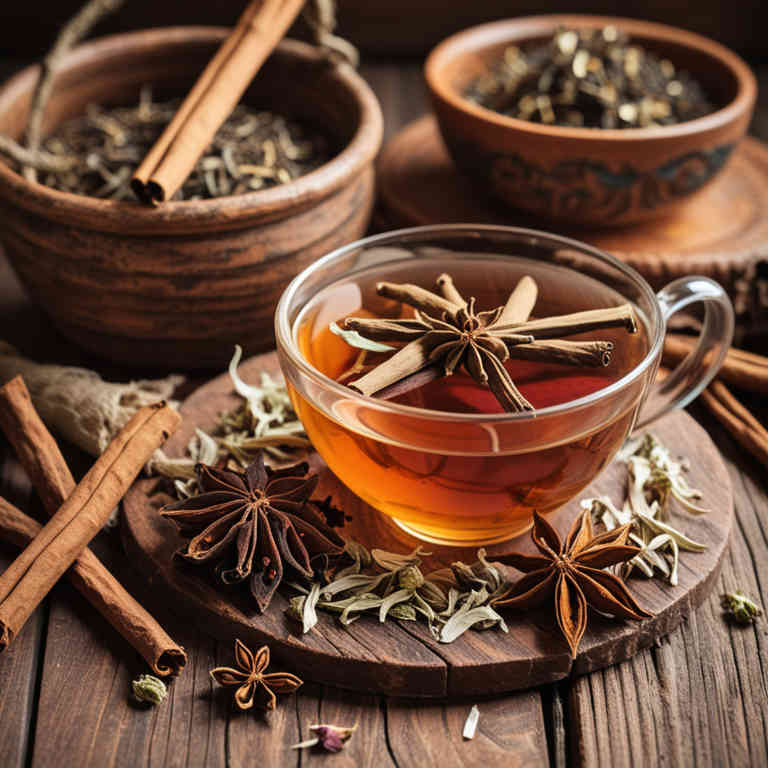
2. Tinctures
Cinchona officinalis tinctures is commonly used to treat fever, malaria, and other inflammatory conditions due to their potent antipyretic and antimalarial properties.
These tinctures are often utilized in traditional medicine for their ability to reduce fever and combat parasitic infections. The most common ailments addressed by these preparations include malaria, fever, and digestive disorders. The bioactive constituents responsible for these effects include quinine, quinidine, and other alkaloids that exhibit antimalarial and anti-inflammatory activities.
These compounds work by interfering with the life cycle of the malaria parasite and reducing fever through their effects on the body's inflammatory response.
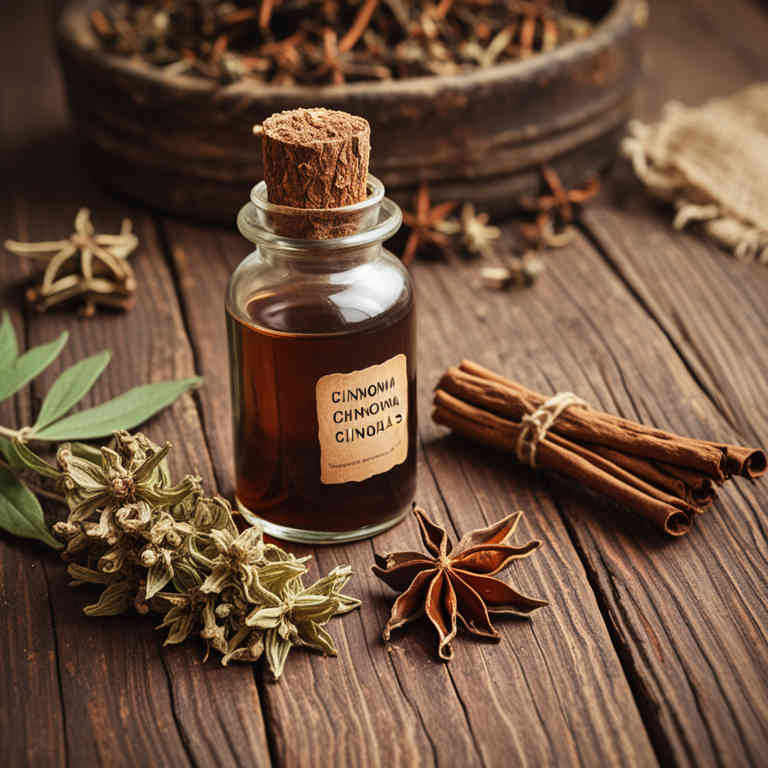
3. Decoctions
Cinchona officinalis decoctions is commonly used to treat fever, malaria, and inflammatory conditions due to their potent medicinal properties.
These decoctions are traditionally prepared by boiling the bark of the cinchona tree to extract its active compounds. The most common medicinal uses include reducing fever, alleviating symptoms of malaria, and managing inflammatory disorders such as arthritis and skin infections. The bioactive constituents responsible for these effects include quinine, quinidine, and other alkaloids that have antimalarial, antipyretic, and anti-inflammatory properties.
These compounds work by interfering with the life cycle of the malaria parasite and modulating the body's immune response.
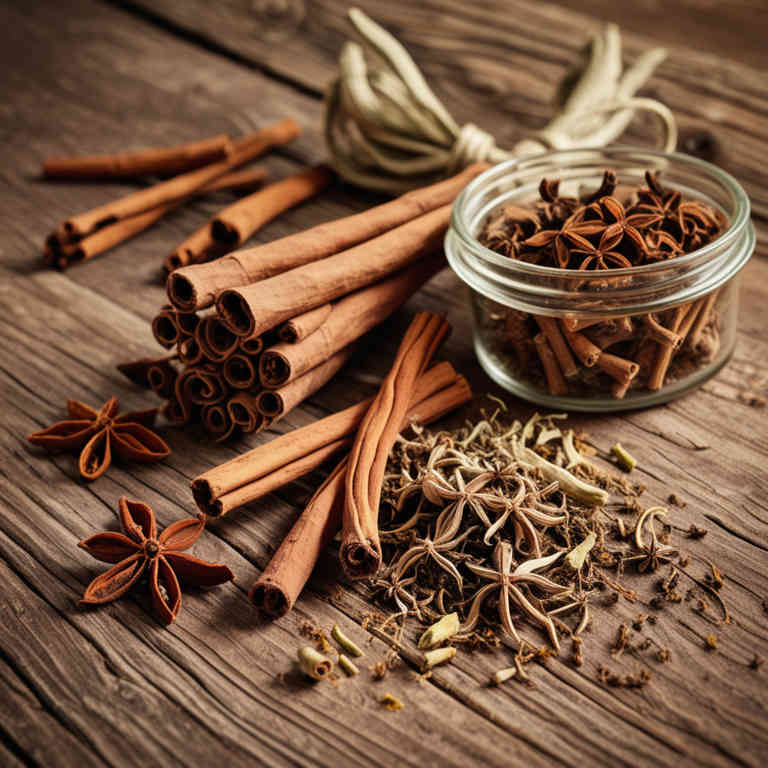
4. Capsules
Cinchona officinalis capsules is commonly used to treat malaria and other parasitic infections due to their potent antimalarial properties.
These capsules contain extracts from the bark of the cinchona tree, which has been historically valued for its medicinal uses. The most common ailments treated with this preparation include malaria, fever, and inflammatory conditions. The bioactive constituents responsible for its medicinal effects include quinine, quinidine, and other alkaloids that possess antiprotozoal and anti-inflammatory activities.
These compounds work by interfering with the metabolism of the malaria parasite and reducing fever and inflammation in the body.

5. Syrups
Cinchona officinalis syrups is commonly used to treat malaria and other parasitic infections due to its antimalarial properties.
The most common medicinal uses of this herbal preparation include the treatment of fever, chills, and symptoms associated with malaria. It is also used in some traditional medicine systems for its anti-inflammatory and antipyretic effects. The bioactive constituents responsible for its medicinal properties include quinine, quinidine, and other alkaloids that have antiparasitic and fever-reducing actions.
These compounds inhibit the growth of Plasmodium parasites, making the syrup an effective remedy for malaria.
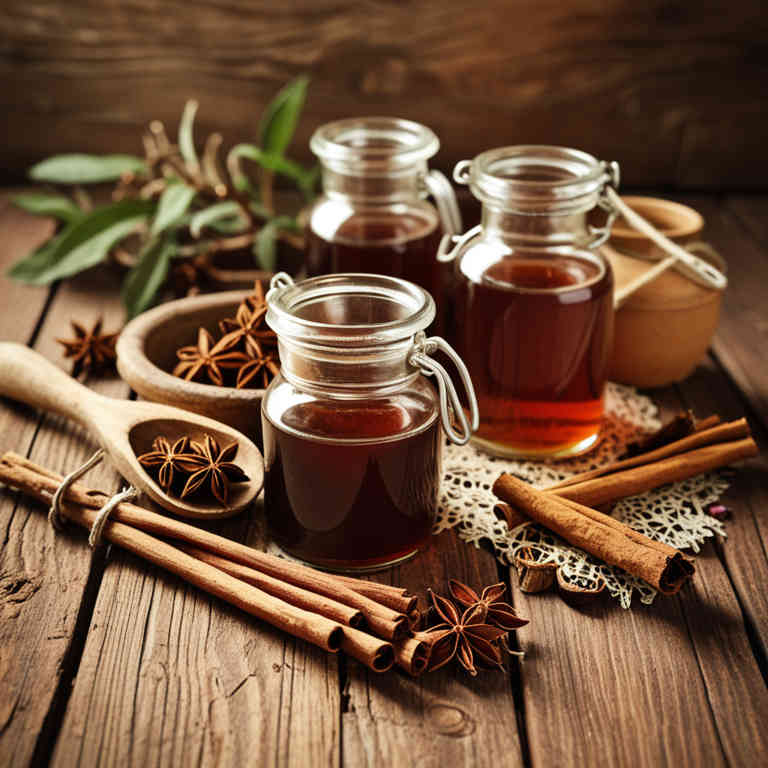
6. Linctuses
Cinchona officinalis linctuses is commonly used to treat respiratory conditions such as coughs, bronchitis, and asthma due to its expectorant and antitussive properties.
The most common medicinal uses of this herbal preparation include alleviating symptoms of dry and productive coughs, reducing inflammation in the airways, and easing breathing difficulties. The bioactive constituents responsible for its medicinal properties include quinine, which has antimalarial and antitussive effects, and other alkaloids such as cinchonine and cinchonidine that contribute to its therapeutic actions. Additionally, the preparation may contain flavonoids and other compounds that support respiratory health.
These components work together to provide relief from respiratory ailments and enhance overall respiratory function.

7. Lozenges
Cinchona officinalis lozenges is commonly used to treat respiratory infections, sore throats, and other inflammatory conditions of the throat and upper respiratory tract.
These lozenges are often utilized for their antipyretic, anti-inflammatory, and antimicrobial properties, which help alleviate symptoms of colds, flu, and bronchitis. The most common medicinal uses include reducing fever, easing coughing, and soothing irritated mucous membranes. The bioactive constituents responsible for these effects include quinine, which has antimalarial and antipyretic properties, and other alkaloids such as cinchonine and cinchontine.
Additionally, the presence of flavonoids and tannins contributes to the anti-inflammatory and astringent effects of the preparation.
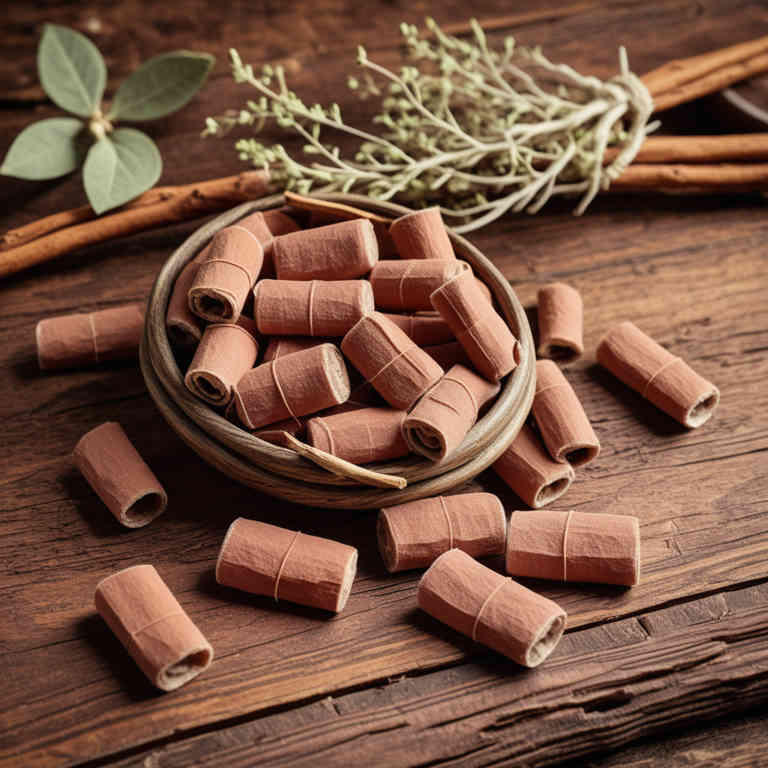
8. Oinments
Cinchona officinalis oinments is commonly used to treat fever, inflammation, and skin infections due to its antipyretic, anti-inflammatory, and antimicrobial properties.
These oinments are often applied topically to reduce pain and swelling associated with conditions like arthritis, muscle strains, and minor cuts. The most common medicinal uses include alleviating symptoms of malaria, as the plant is a source of quinine, and treating skin disorders such as eczema and psoriasis. The bioactive constituents responsible for these effects include alkaloids like quinine, quinidine, and cinchonine, which have potent antimalarial and anti-inflammatory actions.
Additionally, the oinments may contain tannins and flavonoids that contribute to their healing and protective effects on the skin.

9. Oils
Cinchona officinalis oils is commonly used to treat fever, malaria, and other infectious diseases due to its potent antipyretic and antimicrobial properties.
This herbal preparation is also used to alleviate symptoms of digestive disorders and respiratory infections. The most common medicinal uses include reducing fever, combating malaria, and supporting immune function. The bioactive constituents responsible for these effects include quinine, cinchonine, and other alkaloids that have antimalarial, antifever, and anti-inflammatory properties.
These compounds work by interfering with the life cycle of the malaria parasite and modulating the body's immune response.

10. Creams
Cinchona officinalis creams is commonly used to treat skin conditions and inflammatory disorders.
These creams are often applied topically to alleviate symptoms of eczema, psoriasis, and other dermatological issues. The most common medicinal uses include reducing inflammation, soothing skin irritations, and providing antiseptic properties. The bioactive constituents responsible for these effects include quinine, alkaloids, and other anti-inflammatory compounds found in the plant.
These components work synergistically to enhance the therapeutic benefits of the cream.
